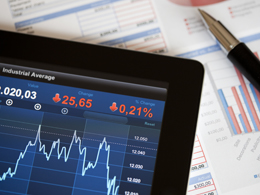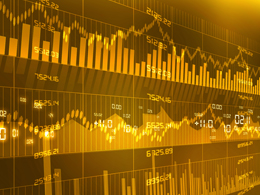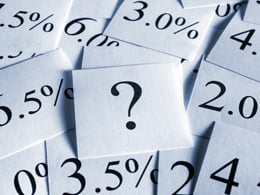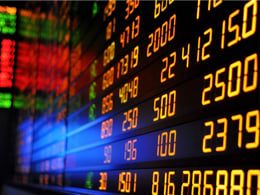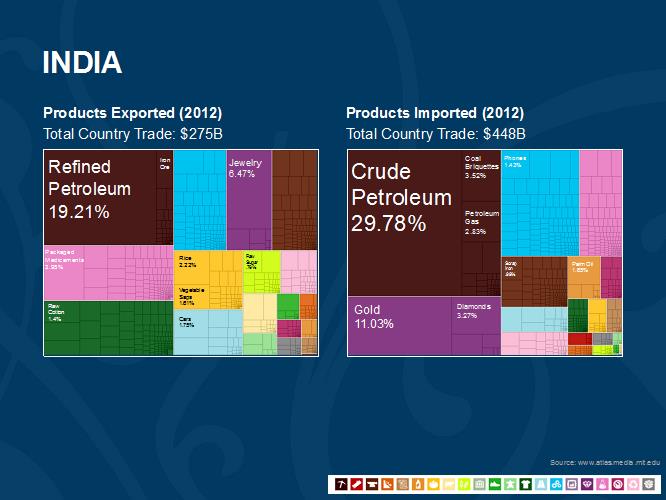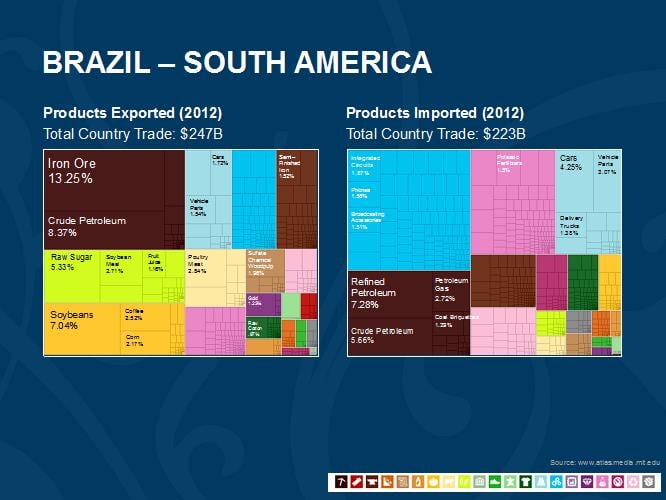Yesterday, we talked about the two kinds of investing failure: slow failure, where returns over time are too low to meet goals, and fast failure, which involves a sudden drawdown or loss. We’ll focus today on slow failure, as it’s the more insidious risk (and one that most people don’t think about in sufficient depth).


